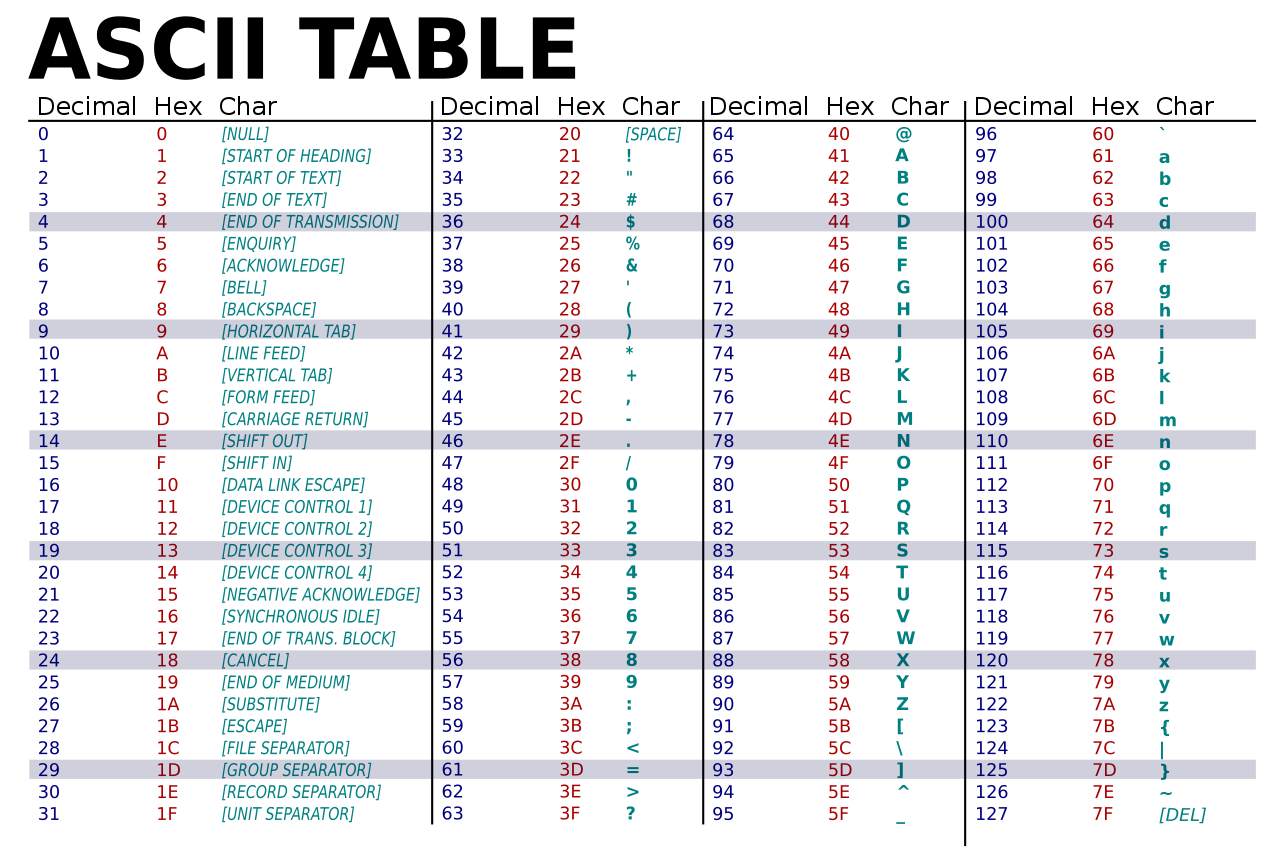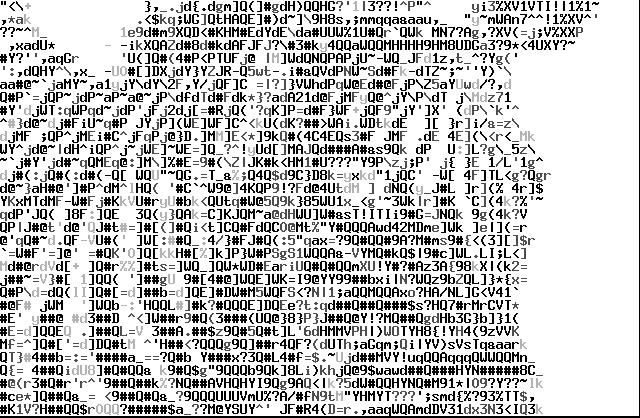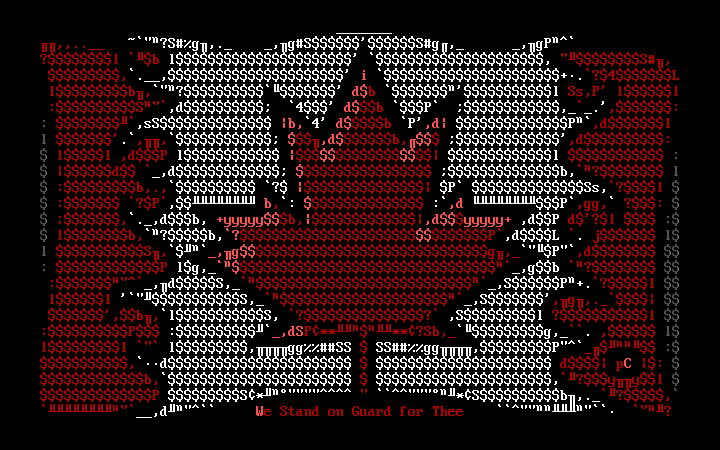Introduction

American Standard Code for Information Interchange or ASCII for short is a type of text encoding system used in digital communication and computing and is the backbone of many other modern text encoding systems.
Work on the ASCII standard began on October 6, 1960, with the first meeting of the American Standards Association’s (ASA) X3.2 subcommittee. The first edition of the standard was published in 1963,underwent a major revision during 1967 and experienced its most recent update during 1986. Originally based on the English alphabet, ASCII encodes 128 specified characters into seven-bit integers.
Ninety-five of the encoded characters are printable; these include the digits 0 to 9, lowercase letters a to z, uppercase letters A to Z, and punctuation symbols. Most of the original specification included 33 non-printing control codes which originated with Teletype machines.
Uses of the technology
ASCII was first used commercially during 1963 as a seven-bit teleprinter code for American Telephone & Telegraph’s TWX (TeletypeWriter eXchange) network. Bob Bemer introduced features such as the escape sequence. On March 11, 1968, U.S. President Lyndon B. Johnson mandated that all computers purchased by the United States Federal Government support ASCII.
ASCII was the most common character encoding on the World Wide Web until December 2007, when Unicode-8 encoding surpassed it. The Unicode standard is backward compatible with ASCII; it is not compatible with it forward-compatible with it.
ASCII Art
Over the years a popular trend has surfaced on the internet known as “ASCII art” whereby people create artwork using text characters on computer keyboards in some cases making very detailed imagery such as these examples below:


More technical information can be found on Wikipedia here: https://go.lablinks.net/j9c6GC
Conclusion
For more tech related terms be sure to check out our main glossary page and for other content check out our blog, software and business service offerings such as Software Development, Websites and more.
Other related pages from our glossary:
![logo-new-23[1] logo-new-23[1]](https://cdn-ihdfn.nitrocdn.com/eZVJvoSTyVixkEUySRKiaseNtUlmgCyu/assets/images/optimized/rev-e93b6b3/agrtech.com.au/wp-content/uploads/elementor/thumbs/logo-new-231-qad2sqbr9f0wlvza81xod18hkirbk9apc0elfhpco4.png)